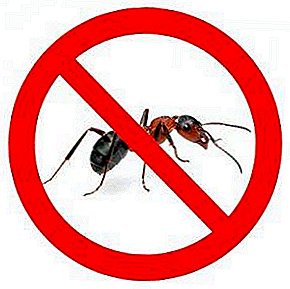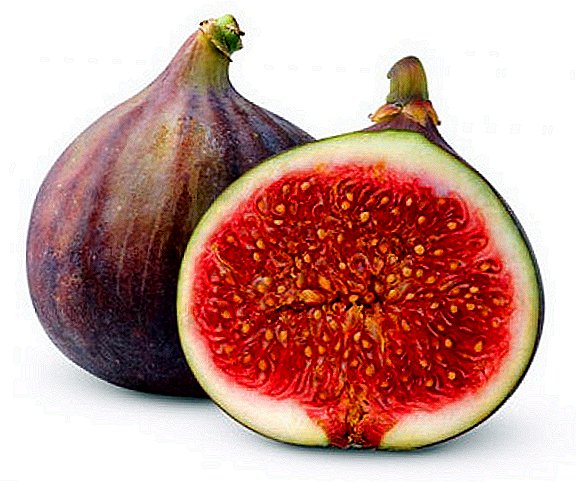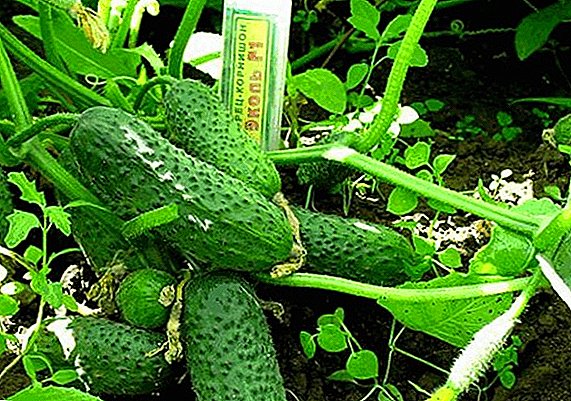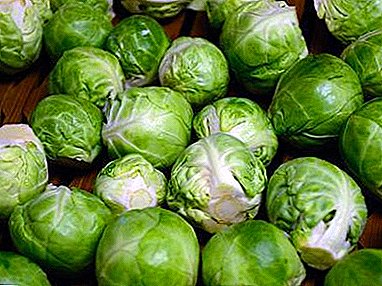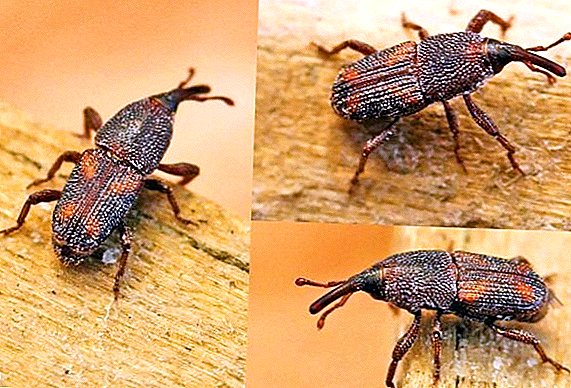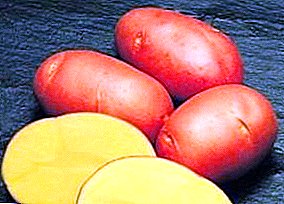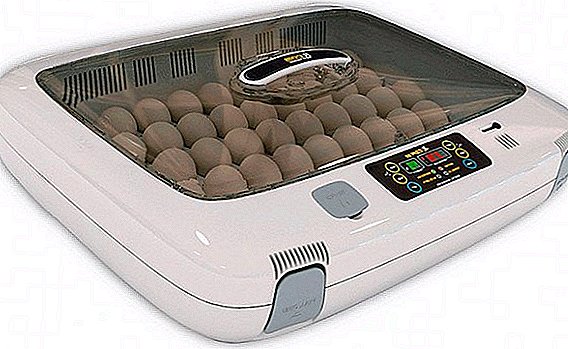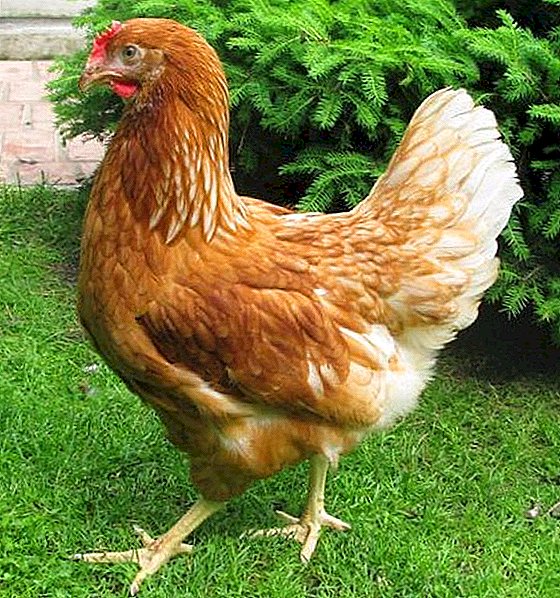 Farmer's markets today offer many different types of poultry, especially chickens.
Farmer's markets today offer many different types of poultry, especially chickens.
One of these breeds of chickens is Lohman Brown, which will pleasantly surprise the owners with its unpretentiousness to the living conditions.
Breed characteristic
Chickens Lohman Brown - is the result of long-term work of German breeders for the removal of oviparous and unpretentious breed.
In 1970, Lohmann Tierzucht GmbH in Germany acquired a new species derived from four different hybrids, including such well-known breeds as the Rhode Island and Plymouthrock.
Important! Lohman Brown refers to the cross hens, that is, to the species obtained by breeding and crossing several breeds.
In terms of their characteristics, Lehman Brown chickens belong to the meat and egg type, are highly productive and are adapted to any climatic conditions. Suitable for both private breeding and for poultry farms, they feel comfortable in spacious cages.
They are friendly, get along well with other members of the household and have an easygoing disposition.
Learn about the popular meat and egg breeds of chickens, their features and disadvantages.
You can get not only eggs, but also meat from this breed, as roosters reach 3 kg, and chickens - 2 kg. It is interesting that from the first days it is possible to distinguish between chickens and cockerels, since the former are brown, brown or red, and the latter are white.
Birds have a developed body with a wide chest and close-fitting wings. And most importantly - they have a very small appetite and a small need for feed.
Already 20 weeks after their birth, the hens of Loman Brown are ready to lay eggs. One hen is able to carry up to 330 eggs during the active non-event period, which is about 80 weeks. 1 egg weighing about 60-65g, with a dense shell of a light brown color. Peak production accounts for 25-30 week.
Did you know? A rooster in a flock is needed not only for the appearance of offspring. His responsibilities include control of the morning awakening, conflict resolution, calling for food and nests.
Conditions for content
As mentioned above, this species is unpretentious to the conditions of detention, it can survive in small rooms, adapted to the winter cold.
For high non-attendance, it is necessary to create optimal living conditions for the birds, taking into account their livestock:
- the farm must have its own nest, feeding trough, drinking bowl for each layer;
- sufficient area for walking both outdoors and indoors;
- air temperature is +15 - + 18 ° С;
- humidity of 50-70%, since both dry and too humid air contributes to the appearance of diseases in birds;
- the chicken coop must be insulated during the winter period, windows are covered with foil, and hay or straw is laid on the floor;
- prevent drafts in the room;
- good lighting;
- mandatory ventilation or regular airing.
See also the rules for feeding and keeping laying hens.
It is important for layers and day regimen. They are let out of the room early, around 5-6 am, and at 9 pm chickens will be pushed to rest and turn off the light. During walking, you need to clean the room and feeders in order to avoid the development of harmful bacteria.
Power Rules
Two weeks after giving birth, chickens are fed with special food containing the necessary vitamins, mineral supplements, carbohydrates and proteins. 
It will be useful for you to learn how to make a diet correctly and how to feed your domestic chickens correctly.
For adults, the menu is much wider:
- corn kernels;
- other grains or germinated grains;
- boiled crushed vegetables, such as potatoes and carrots;
- fruits;
- grass;
- chalk and gravel;
- bone flour.
Important! Do not exceed the daily rate of dry feed for chickens in the amount of 110-115 g per day, as this can lead to diseases.
After letting out the chickens in the morning they are fed after 3 hours, the feed should be enough for a 40-minute breakfast. The next meal at 2-3 o'clock in the afternoon and here you already need lunch for 1-1.5 hours.
Breeding characteristics
The main distinctive feature of this type of hens is the impossibility of obtaining offspring with the same characteristics as those of the parents. This is due to obtaining the breed of four different hybrids. Therefore, the subsequent offspring will have different characteristics of these four original types of chickens. You can try to keep the signs of breed Lohman Brown, these chickens will be the same as in the description above, but for this you need to create special and suitable growing conditions. 
Advantages and disadvantages of the breed
The main advantages of the breed include:
- high profitability of keeping, with small expenses for maintenance and feed, you can get a lot of eggs for sale;
- chickens quickly enter the age of hens, already at 135-140 days old;
- high viability of chickens with a survival rate of about 98%;
- the simplicity of the birds to the conditions of detention and temperature indicators;
- a high degree of hatchability of chicks is about 80%.
- the impossibility of producing offspring with exactly the same maternal characteristics;
- the egg production capacity of one hen is only 80 weeks and after that it drops sharply, so that already at this age it is suitable only for meat.
Did you know? Although the chickens had the reputation of being stupid birds, but they can distinguish up to 100 different people, distinguish the host from a distance of 10 m and perfectly navigate in time.
When choosing breed Lohman Brown for your own growing, you can be sure of high productivity and good survival.


